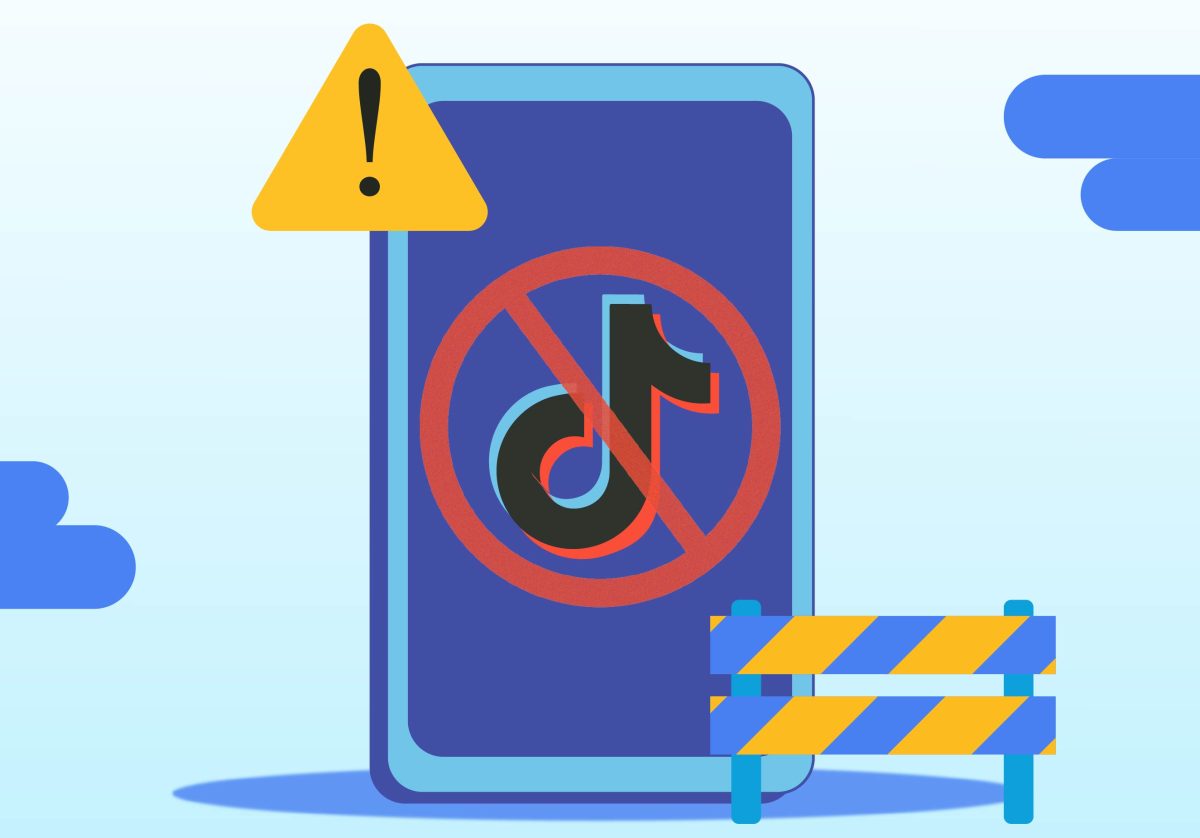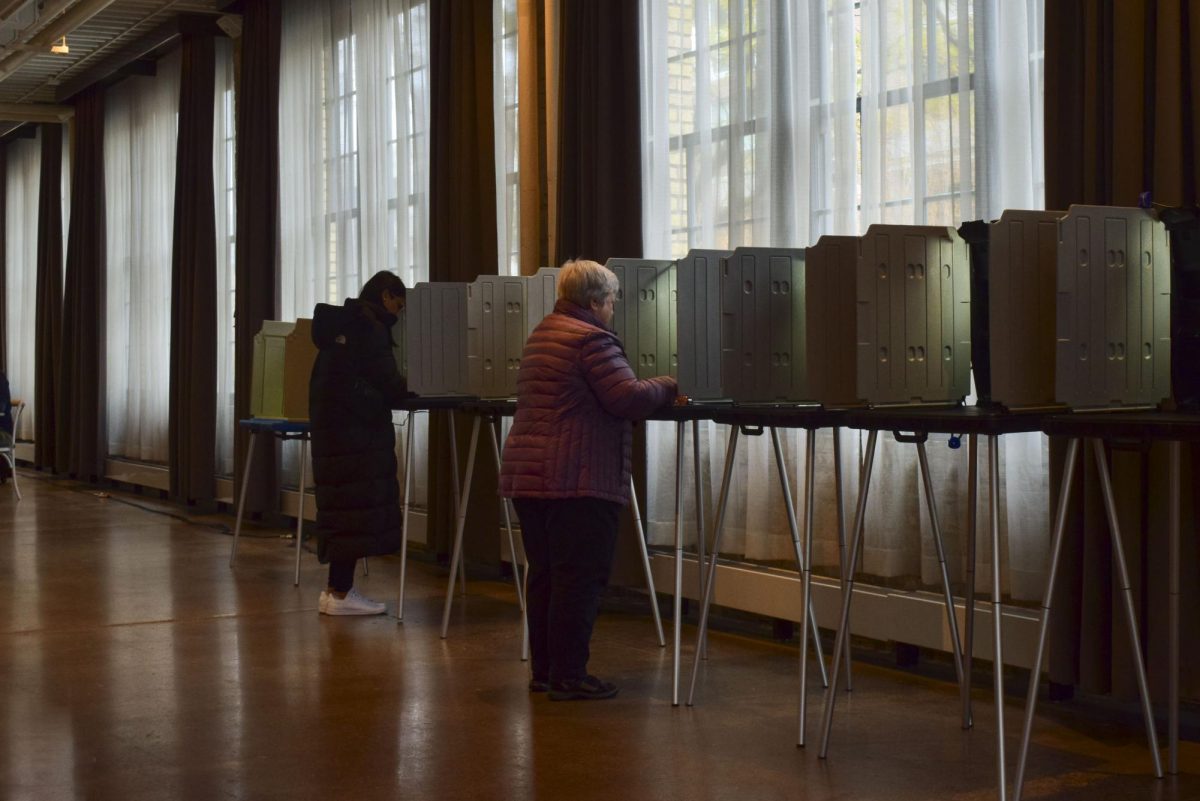As temperatures drop outside and people turn on their heat, experts say people need to be aware of the dangers of carbon monoxide poisoning, especially with a new law in place requiring detectors in all homes. Almost any process used to heat a building gives off carbon monoxide, and as people begin to turn on their furnaces for the winter months, the number of carbon monoxide incidents increase, Jon Nisja, supervisor in the Minnesota Fire MarshalâÄôs Office, said. Last year, fire departments in the state responded to more than 1,300 serious incidents involving carbon monoxide in homes, Nisja said. According to the Minnesota Poison Control System, there are more than 500 unintentional deaths due to carbon monoxide poisoning in the United States each year, and between 2002 and 2006, 92 Minnesotans died from unintentional exposure to carbon monoxide. âÄúItâÄôs sad because there are not a lot of warnings,âÄù he said. âÄúIt is a colorless, tasteless, odorless gas that makes you lethargic and puts you to sleep, which is one of the worst things you can do.âÄù Kirk Hughes, a specialist in poison information at the Minnesota Poison Control System, said low-level exposure symptoms include headaches, nausea and drowsiness. Hughes said carbon monoxide poisoning is the leading poison killer of people in the United States, and with MinnesotaâÄôs cold weather, the state has a significant number of deaths. In early October, three people in Minneapolis were killed by carbon monoxide poisoning in a home where a gas generator was operating in an enclosed space. But a new state law that went into effect Aug. 1 this year requires all homes to have carbon monoxide detectors within 10 feet of each bedroom. Apartment buildings must comply by August of 2009. However, there is no enforcement mechanism in this law. âÄúItâÄôs not like anyone is going to go door to door looking for [carbon monoxide detectors],âÄù he said. âÄúThe Legislature did not put in any penalty for not complying.âÄù In a home where the occupants are renters, the owner of the building is responsible for providing carbon monoxide detectors, Nisja said. However, itâÄôs the occupantâÄôs responsibility to notify the owner if there is a problem with the equipment. Emalie Welch, a junior studying neurological science , lives in a house on Como Avenue and said she and her roommates were not made aware of the law, nor were they provided with carbon monoxide detectors in their home. Mark Karon, head of student legal services, said there are two to three carbon monoxide-related cases a year, but because of the late warm temperatures, there havenâÄôt been any cases yet this fall. Realtor Lisa Dunn said that until a few weeks ago, the city of Minneapolis didnâÄôt mark missing carbon monoxide detectors as a deficiency in their Truth in Sale of Housing code compliance inspection. The inspection is performed to ensure quality of property before residents can sell their homes . âÄúIf you are buying or selling, unless you have an agent who knows about the law, it can easily get missed,âÄù she said. Dunn, who has a cousin who had carbon monoxide poisoning, said she feels these laws should be more strictly enforced. âÄúOne of our duties on a civic level, as well as real estate agents, is to look out for peopleâÄôs safety,âÄù she said.
Law requires carbon monoxide detectors in homes
Published November 5, 2008
0
More to Discover







